38 snake organ diagram
Snake Structure & Growth Sidewinder snake (a.k.a. "horned rattlesnake") Snakes range from 4 inches (10 cm) to more than 30 feet (9 meters) in length. Hundreds of tiny vertebrae and ribs span this distance and connect to each other through an intricate system of muscles, creating unrivaled flexibility (See Getting Around section). His most important works, all of which were written in French, are: Lettre sur la sculpture (1769), in which occurs the well-known definition of the Beautiful as “that which gives us the greatest number of 265 ideas in the shortest space of time”; its continuation, Lettre sur les désirs (1770); Lettre sur l’homme et ses rapports (1772), in which the “moral organ” and the theory of ...
Snake venom is a clear, transparent, pale yellow or straw-coloured fluid having a specific gravity of 1.03-1.07. 2. The pH of the venom varies in different species, e.g. in Russell's viper pH is 5.8 while that of cobra's venom is 6.6. 3.

Snake organ diagram
⬇ Download royalty-free vector image: Diagram showing body part of snake- stock vector #259324044 from Depositphotos Discover millions of vector illustrations! Cretaceous marine snakes with hind limbs, hypothe-sized to be transitional between lizard and snake body plans, provided the impetus for new phylogenetic analyses of snakes and their relatives. Some studies found these limbed marine snakes to be basal snakes, supporting a marine origin (Caldwell & Lee, 1997; Lee Snake Anatomy. Snakes belong to the reptile group. They lack the moveable eyelids, limbs, sternums, urinary bladder and ear openings. The body of the snake is so narrow and elongated. So the organs of the snake are also elongated to fit in the body structure. The quadrate bones that connect the skull to the lower jaw are long and flexible.
Snake organ diagram. Diagram of Body Description Adapted Function; Anguiliform (eel shape) Maneuvering in crevasses: Fusiform (bullet, or torpedo shape) Lowering frictional resistance in fast swimmers: Depressiform (broad shape and flat top to bottom) Lying on or below the surface of the sand: Compressiform (tall, thin shape and flat side to side) Entering vertical crevices: Vertically … Lacking appendages, snakes have simple bodies that consist of a head, body and tail. Additionally, some snakes exhibit a narrowing immediately behind the head, which gives them a discernible neck as well. Some primitive snake lineages, such as boas and pythons, have retained their pelvic girdle. Inspecting the tail of such snakes reveals tiny claws or spurs, which are the remnants of rear legs ... The snake diagram template can be edited and customized to suit personal taste. Colors, text, icons can be modified. The pre-designed snake diagram PPT template can work well when covering data or organizational process flow in a streamlined manner. Ideal for use by strategic planners, process managers, brand managers, etc… Jun 03, 2020 · Snakes are members of the class Reptilia, order Squamata, and suborder Serpentes. There are over 3,500 species of snakes in the world, however, for the most part, the anatomy of the snake is consistent across species. Snakes have a long narrow body adapted for crawling and their internal anatomy has evolved to fit into a long narrow tube.
Your brain is an example of a(n) organ. 5 A group of organisms that belong to the same species and live in the same place is called a(n) population. 6 A biological community together with its physical habitat constitutes a(n) ecosystem. 7. Biology, the study of life, is a particularly exciting area of science because it is a point of convergence for information and tools from all of the ... Snakes have long, narrow, and limbless bodies. Due to this body shape, their internal organs are arranged in a linear manner. As far as the digestive system of snakes is concerned, it runs through almost the entire length of the body. It starts from the buccal cavity, and extends till the anus. The Glottis is a muscular tube in the floor of the mouth that can be extended when prey is being swallowed. The snake's "hiss" is created by air being forced over a special membrane in the glottis, causing it to vibrate. Circulatory System The Hearthas three chambers (mammals have four). Excretory System Snakes lack a urinary bladder. BODY OF A SNAKE. In case you were wondering (cause they are soooo flexible), snakes actually do have bones. Animals with bones are know as vertebrates -- snakes are vertebrates. A snake's backbone is made up of many vertebrae attached to ribs. Humans have approximately 33 vertebrae and 24 ribs. Snakes have between 200-400 vertebrae with as many ...
Chart: Snake anatomy. A crisp, higher resolution of this graphic is contained on Australia's Reptiles CDROM.. This site maintained by Mark F. Miller, webmaster at herpetology.com. BACK ßß Snakes have a lymphatic system, but it just is not as easy to find. In some species, such as boids, a tissue similar to tonsils is found in the esophagus. The spleen is a small, spherical, reddish organ located between the gall bladder and the pancreas. It is about 1/3 the length of the snake's body. The left lung is absent in most snakes, so snakes basically have only one working lung. Liver: A long orange colored organ on the snake's right side. It is the largest organ and can be found between the stomach and heart. Page 2 Page 3 . Title: The organ snakes use to mate is the cloaca, which is also used to excrete urine and feces. The male wraps his tail around the female and lines up his cloaca with hers. If there is more than one male competing for the right to mate with a female, all the males will try to climb on top of the female and line up their cloacas.
Ovaries The reptilian ovary consists of follicular cells, epithelial and endothelial cells, nerve tissue and connective tissue in an elastic tunic. The ovaries of snakes are elongate and are located near the pancreas/spleen/gall bladder, cranial to the kidneys. The right ovary is cranial to the left but may overlap. Both ovaries are present.
intestine, kidneys. As the snake swallows its prey, glands in the snake's mouth secrete digestive juices. Unlike mammals, the snake's esophagus has very little muscle, so the snake must rely on movement of the entire body to transport the food through the
____ 20. In the diagram, the molecules will: a. move out of the cell. b. move around outside of the cell but never enter the cell. c. move into the cell. d. stay where they are. ____ 21. The cell cycle describes the process where cells: a. are born and eventually die. b. increase their numbers by dividing into identical cell.
Figure 17.2 Diagram of a male snake (ventral aspect). Lower respiratory system In the majority of colubrid species, such as rat snakes and kingsnakes and some Viperidae, the right lung is the major lung, the left having regressed to a vestigial structure.
Snakes must increase their body temperature to obtain and digest food, excrete waste, and maintain respiration and circulation, functions that are essential to life. Their bodies must be warm to keep them active and alert. As well, female rattlesnakes use the warmth of the sun to
Body size and shape; Temperature of the ground and the air; Notice that for each of the following 5 modes of snake locomotion, there are diagrams to help demonstrate the snake's body movement and what the tracks look like for each. The shaded areas in the drawings are where the body pushed the most forcefully against the ground.
13 Feb 2013 — Many people think that because snakes have no limbs, they are just one, long body part – not true! Raina Krasner, WCV: A snake's skeleton can ...20 pages
The organ has two ducts that reach down to the roof of the snake's mouth. The snake sends out his forked tongue and some of the moisture-laden smell particles lands on the tips of the fork. Then, the snake flicks its tongue back inside where the tips of its forked tongue can be dipped into the ducts from the Jacobson organ.
4. You should now have a ventral view of many of the organs of the snake. On the next page you have a generalized diagram of the snake, with organs drawn in. As you proceed with the dissection, label the organs that you see on the diagram. 5. The first organ that you should find is the lung. It is very delicate, so be careful. It will likely
Diagram of the Crotaline pit organ. Neuroanatomy. In all cases, the facial pit is innervated by the trigeminal nerve. In ... For example, if a warm object is placed in front of the snake, the organ will increase in firing rate at first, but after a while will adapt to the warm object and the firing rate of the nerves in the pit organ will return to normal. If that warm object is then removed ...
UML class diagram for Snake game. Close. 14. Posted by 3 years ago. Archived. UML class diagram for Snake game. ... I'd pack the Board with it's Tiles in one package, the Snake with it's body parts in another and make the body parts and the tiles invisible by giving it package visiblity. Still, the body parts and the Tiles are supposed to know ...
Snakes have a well-developed gall bladder adjacent to the duodenum and caudal to the liver. Multiple bile ducts pass from the gall bladder, through the pancreas, into the duodenum. In most species, the gall bladder, pancreas and spleen are closely associated. In some snakes the pancreas may be fused with the spleen forming the splenopancreas ...
30.04.2020 · When you return four pages to either brother, he'll give you the same info: go to the library, pick the right-end book in the center shelf, and look up diagram 158. Go to the chimney, press the button, enter the diagram below on the plate, press the button again. You'll see the green book (the Dunny Age), the blue page, and the red page. Diagram 158 (click where there …
-Snakes have a vomeronasal organ (Jacobson's organ). As forked tongue flicks, scent molecules are picked up on each fork and deposited into separate openings of vomeronasal organ. The nerve fibers from each opening remain separate all the way to the brain and are interpreted as left and right olfactory fields, giving snakes ability to smell in ...
A quality educational site offering 5000+ FREE printable theme units, word puzzles, writing forms, book report forms,math, ideas, lessons and much more. Great for new teachers, student teachers , homeschooling and teachers who like creative ways to teach. Join the popular membership section!!
Snake; Snake3D; Speed Escape; Squares; Starcastle; Tetris; The Grudge 2; The Scene of the Crime; Tic Tac Toe; Tron ; Urban Sniper; Viridian Room ; Free php guestbook script; Free website counter script; Your fresh daily biology and science news Our original news aggregator web application connects daily (last connection: 01:00 26-08-2021 EST) to multiple biology and …
04.06.2019 · The organ that is responsible for speech is larynx or voice box. It lies between pharynx and trachea. Question 10. What changes are observed in diaphragm during inhalation? Answer: During the process of inhalation diaphragm contracts and moves downwards. Question 11. When we exhale or breathe out, percentage of a certain gas is high. Name the gas. …
The snake's body was divided into sections and sent to the museum's special projects lab. For the next 10 months, a colony of dermestid beetles gorged on the remaining dried tissue, resulting in nearly white bones. The sections were then fumigated and returned to the herpetology range to soak in peroxide to loosen any remaining tissue.
12.10.2020 · The gallbladder is a small, pear-shaped organ located just posterior to the liver. The gallbladder is used to store and recycle excess bile from the small intestine so that it can be reused for the digestion of subsequent meals. Pancreas. The pancreas is a large gland located just inferior and posterior to the stomach. It is about 6 inches long and shaped like short, lumpy …
Male snakes have two organs called hemipenes. These are like the snake's penis. It has two, which are kept inside the cloaca. They're held in place by the retractor muscle. When reproduction occurs, the two hemipenes are 'everted,' which means that they pop out of the cloaca. They also have testes inside their bodies, near their other organs.
This origami snake was the first model I created, based on Yami Yamauchi's doodlebug. It's a modular origami and you can use as many sheets of paper as you want to make the body blocks. This is a very fun origami toy because the body is articulated between each block. Diagrams
Snake Anatomy. Snakes belong to the reptile group. They lack the moveable eyelids, limbs, sternums, urinary bladder and ear openings. The body of the snake is so narrow and elongated. So the organs of the snake are also elongated to fit in the body structure. The quadrate bones that connect the skull to the lower jaw are long and flexible.
Cretaceous marine snakes with hind limbs, hypothe-sized to be transitional between lizard and snake body plans, provided the impetus for new phylogenetic analyses of snakes and their relatives. Some studies found these limbed marine snakes to be basal snakes, supporting a marine origin (Caldwell & Lee, 1997; Lee
⬇ Download royalty-free vector image: Diagram showing body part of snake- stock vector #259324044 from Depositphotos Discover millions of vector illustrations!


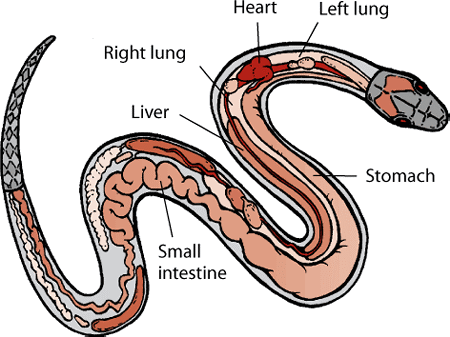
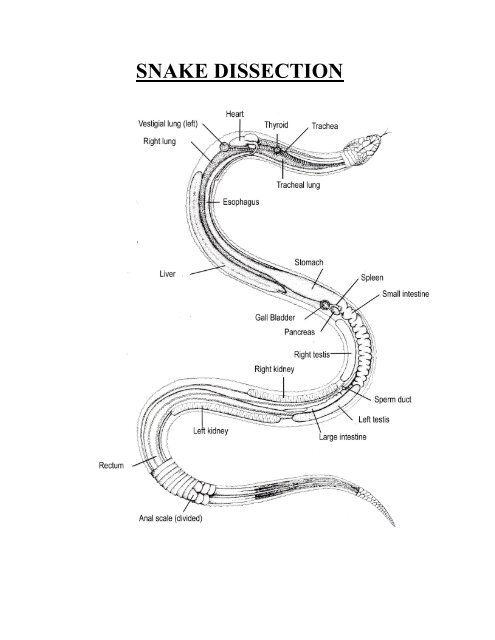
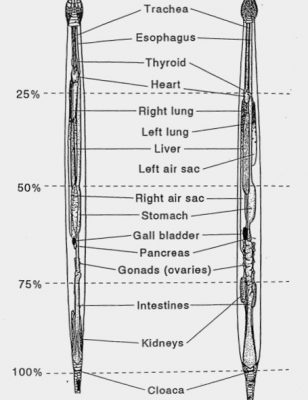

![PDF] Infrared-sensitive pit organ and trigeminal ganglion in ...](https://d3i71xaburhd42.cloudfront.net/e964f5513bdb850c6972af6ccd83bed8b3b05e8d/2-Figure1-1.png)




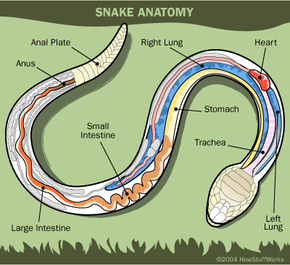



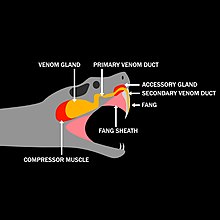



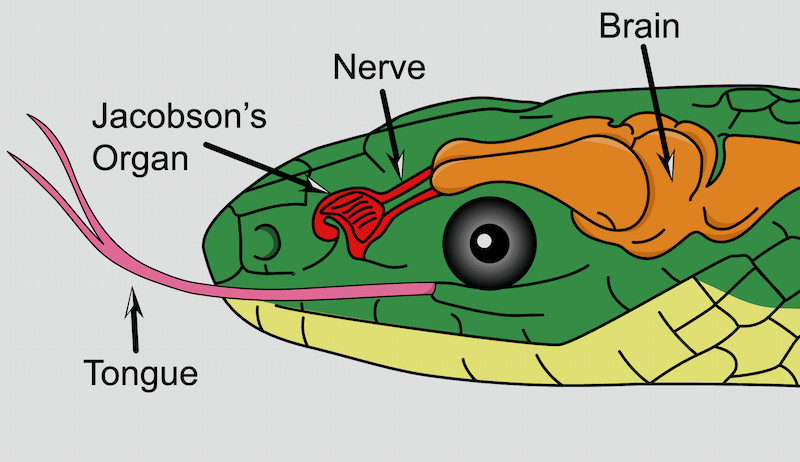









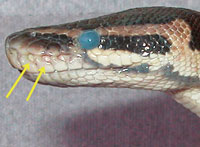
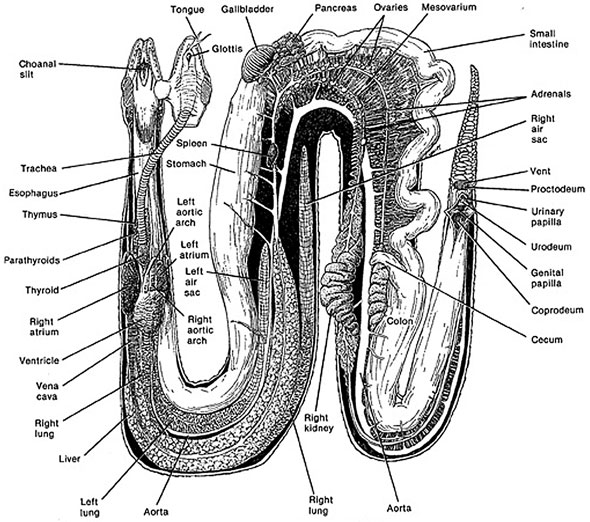



Comments
Post a Comment